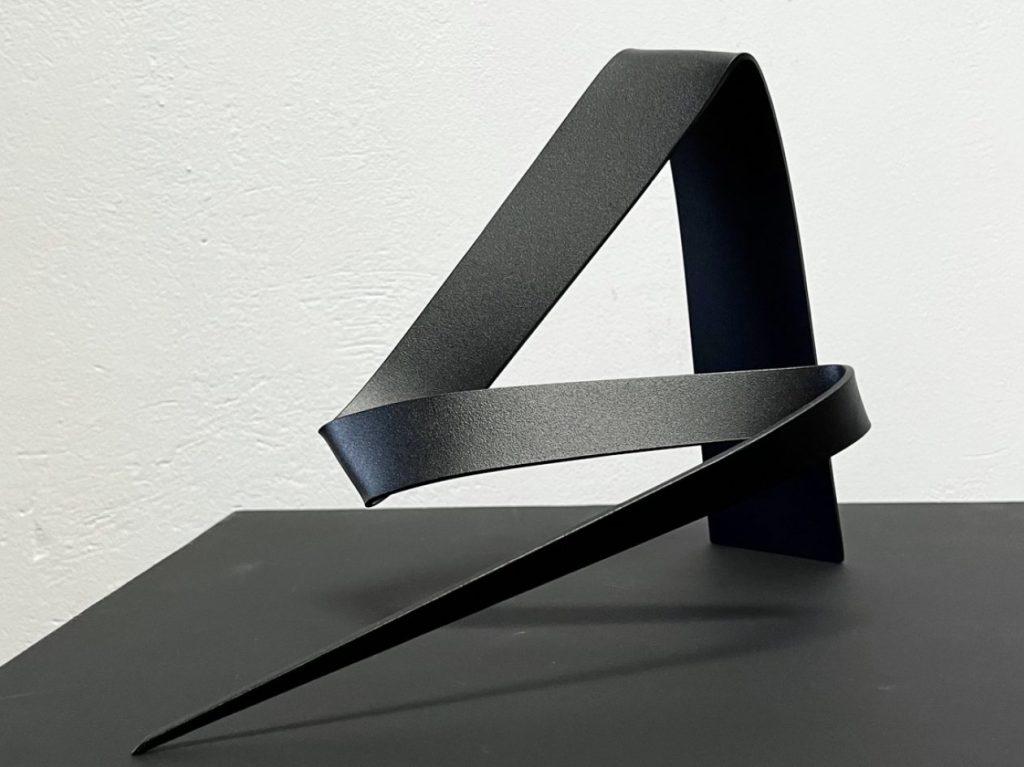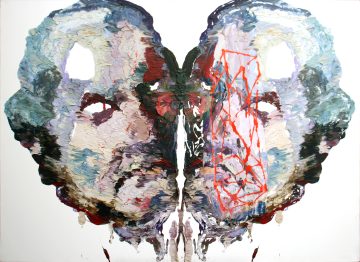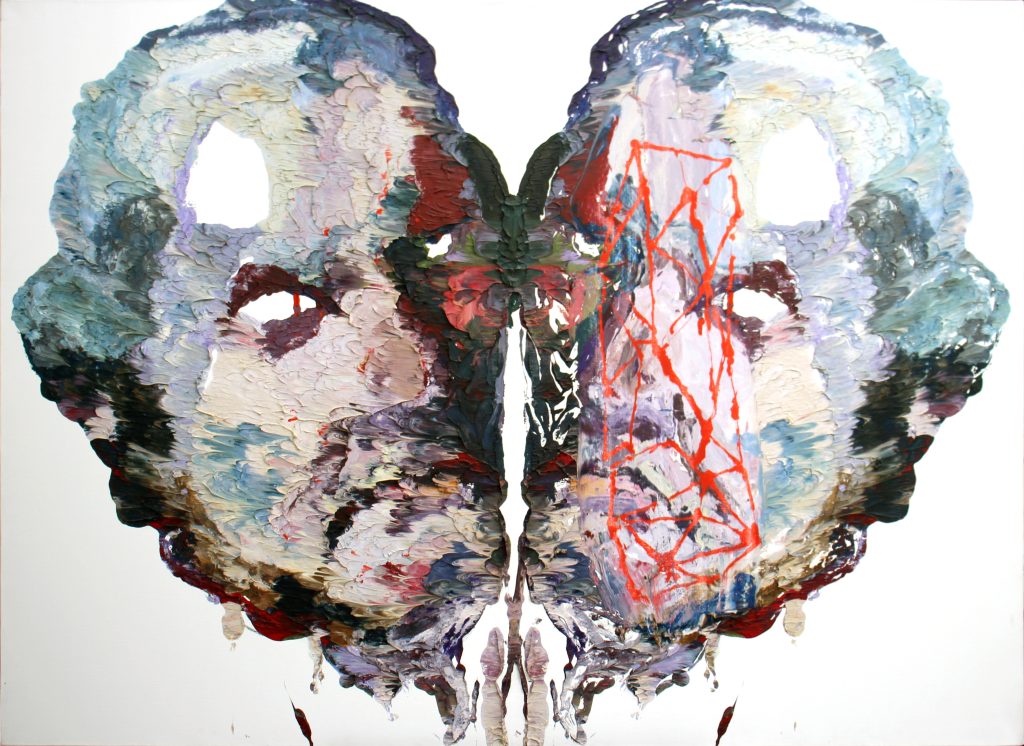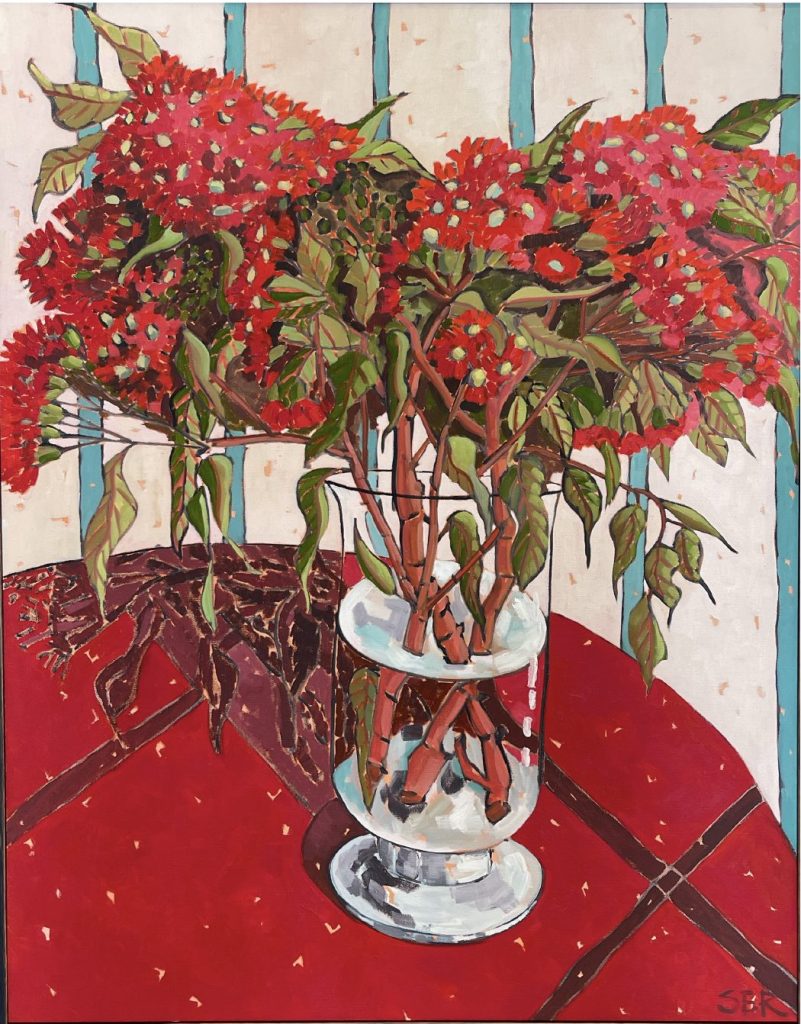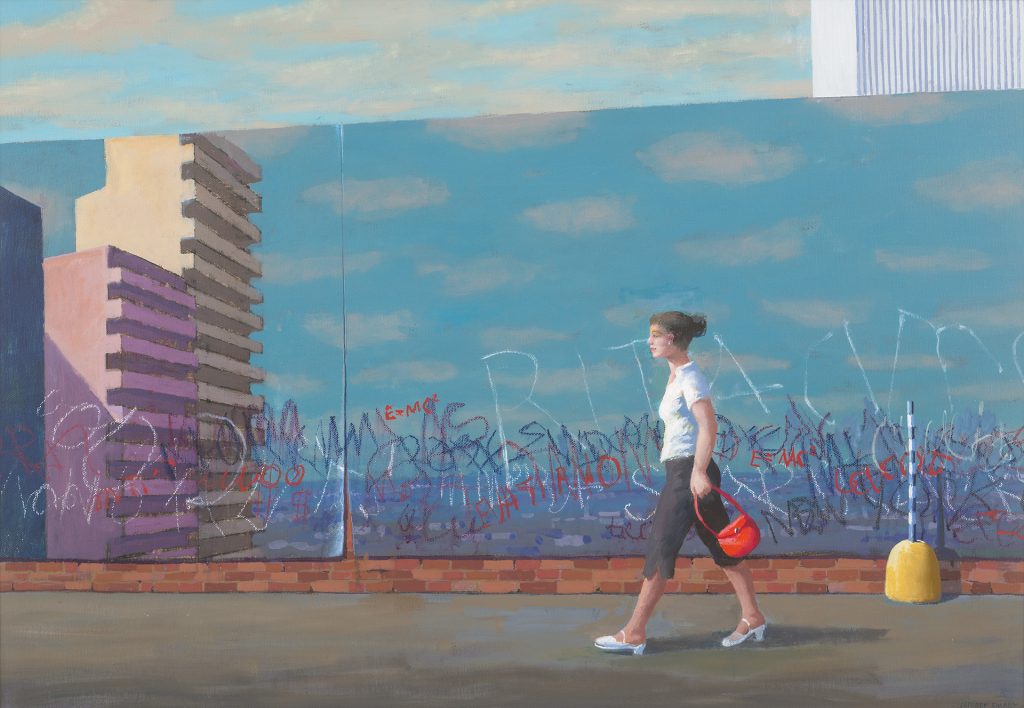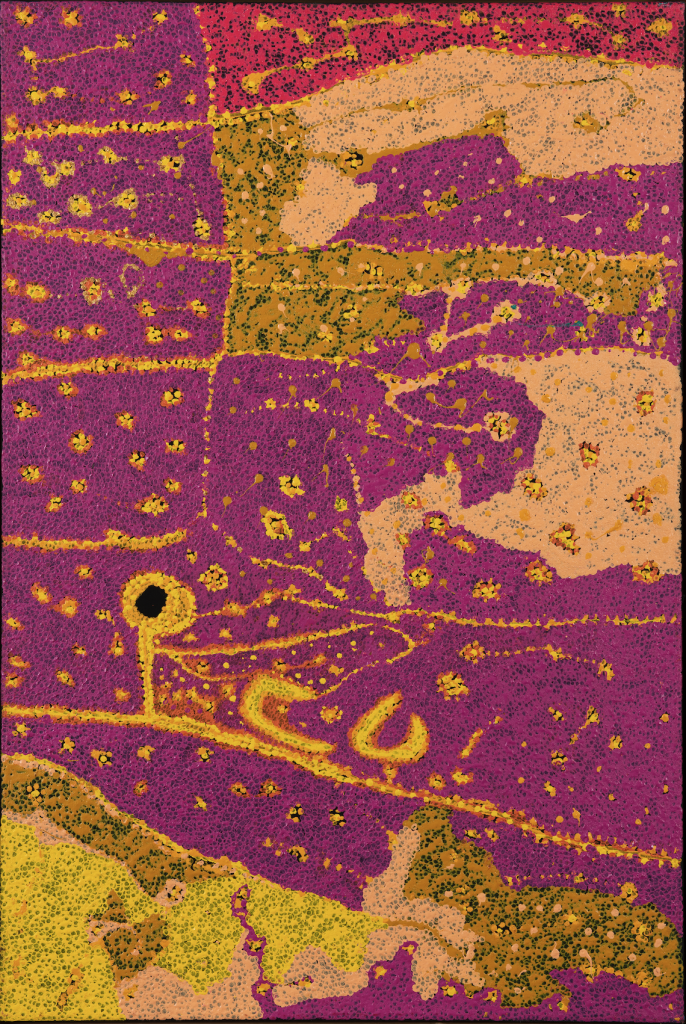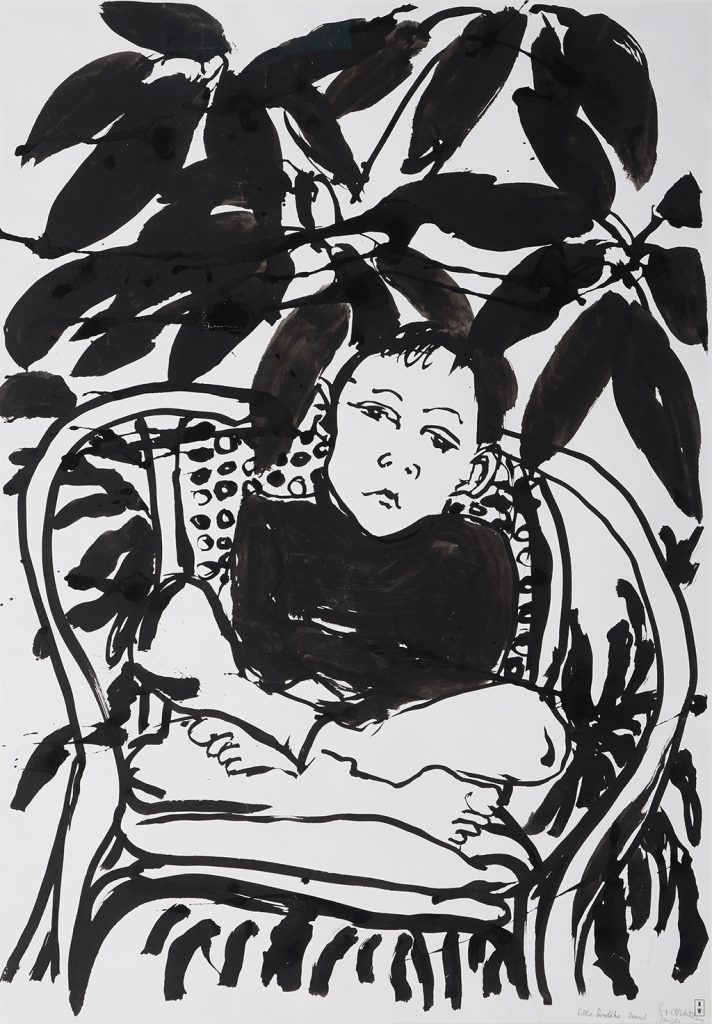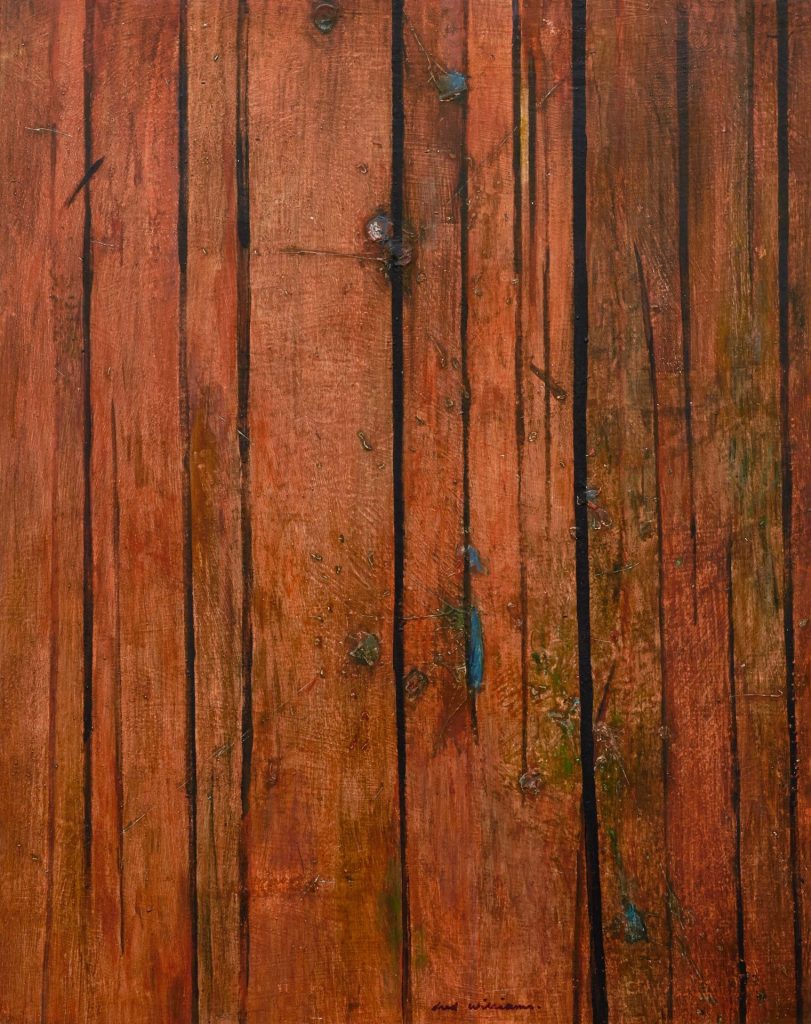“Yvonne Audette holds a unique position in twentieth century Australian art as one of the few female artists of her generation to have maintained a long and successful career working in an abstract mode. She left Australia to further her studies in late 1952, however unlike most of her peers, headed to New York, influenced by her American-born parents’ agreement to provide financial support if she went there rather than to Europe. While her training had been traditionally academic, with an emphasis on the figure, Audette’s first-hand exposure to the work of artists including Willem de Kooning (whose studio she visited in 1953), Robert Motherwell and Mark Tobey brought her face to face with the burgeoning New York School of Abstract Expressionist painting and she began to move confidently towards abstraction, developing a unique visual language that merged a lyrical use of colour with dextrous mark-making and the textural layering of line and abstract form.
After travelling in Europe, Audette settled in Florence, establishing a studio there in 1955. Against the backdrop of Italy’s rich culture and artistic past, she was welcomed into a community of professional artists (including Arnaldo Pomodoro and Lucio Fontana), who encouraged her and provided an aspirational example. Focussed and determined, Audette worked hard, holding commercial exhibitions in Florence, Milan, Paris, Rome and London.
While Audette’s work was rarely seen in Australia during her expatriate years, it has since been recognised for its important contribution to the history of twentieth century art in this country. Acquisitions by major public galleries were followed by a series of institutional exhibitions – Queensland Art Gallery (1999), Heide Museum of Modern Art (2000), National Gallery of Victoria (2008), Ian Potter Museum of Art (2009) and the Art Gallery of Ballarat (2016) – and the publication of a major monograph in 2003.
Audette was awarded Member of the Order of Australia (AM) in the June 2020 Queen’s Birthday Honours List for significant service to the visual arts as an abstract painter.”
– Kirsty Grant for Deutscher and Hackett, April 2019
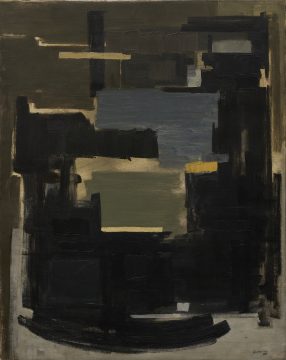

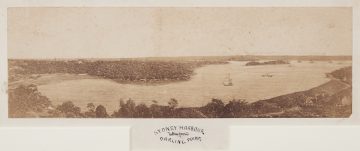
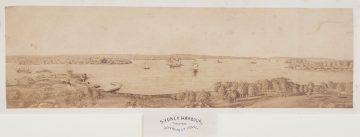
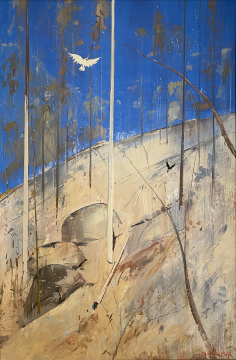

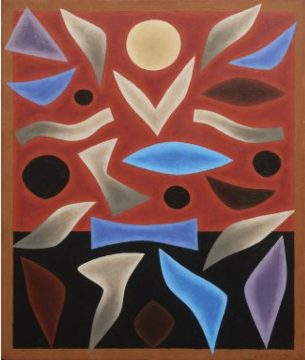

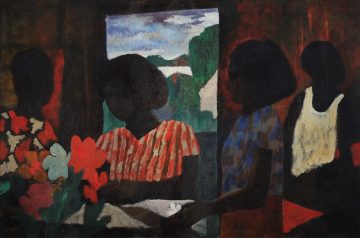
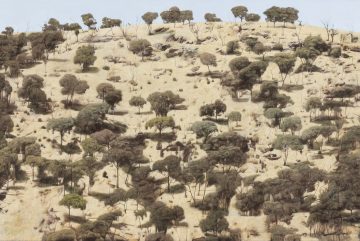
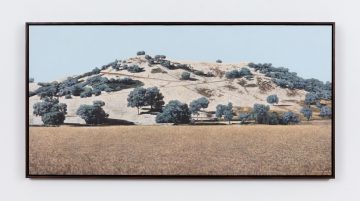
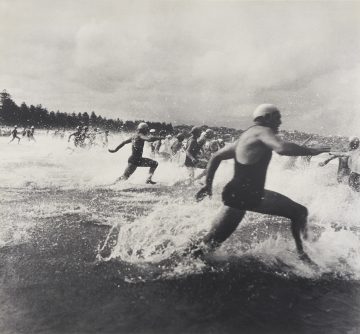
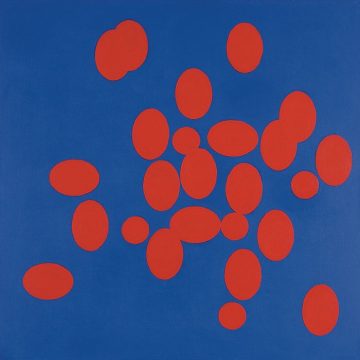
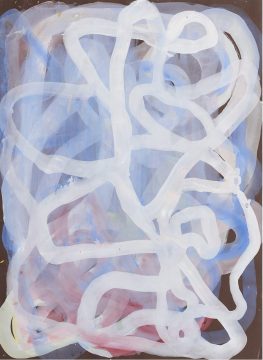
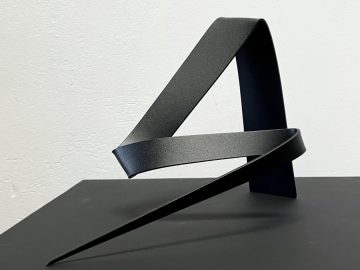
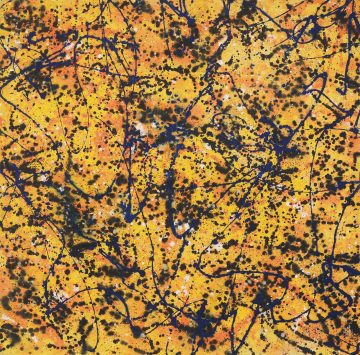
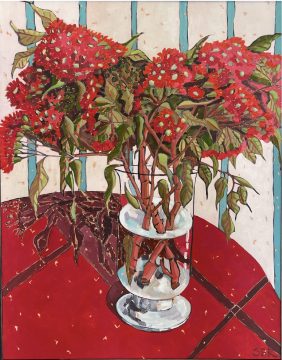
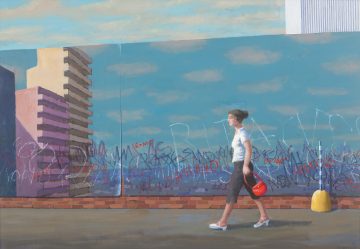

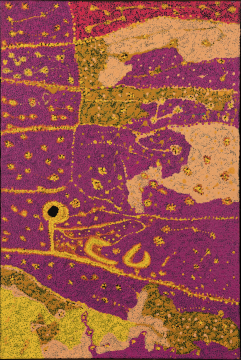
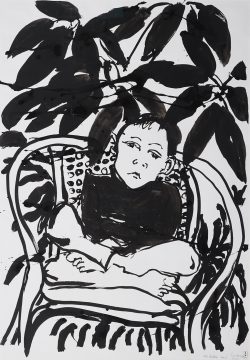
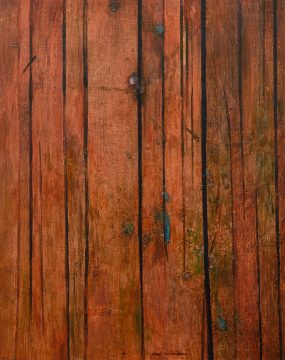


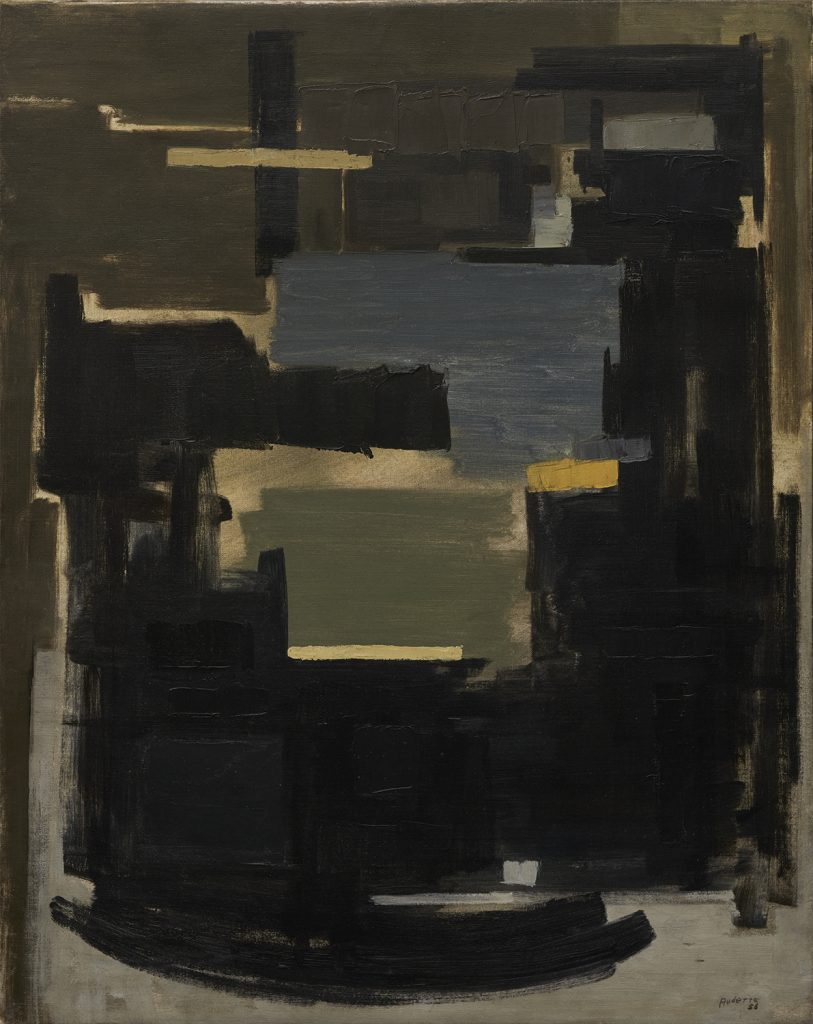
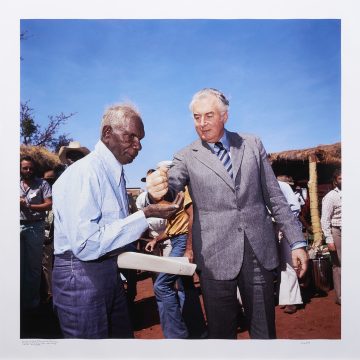
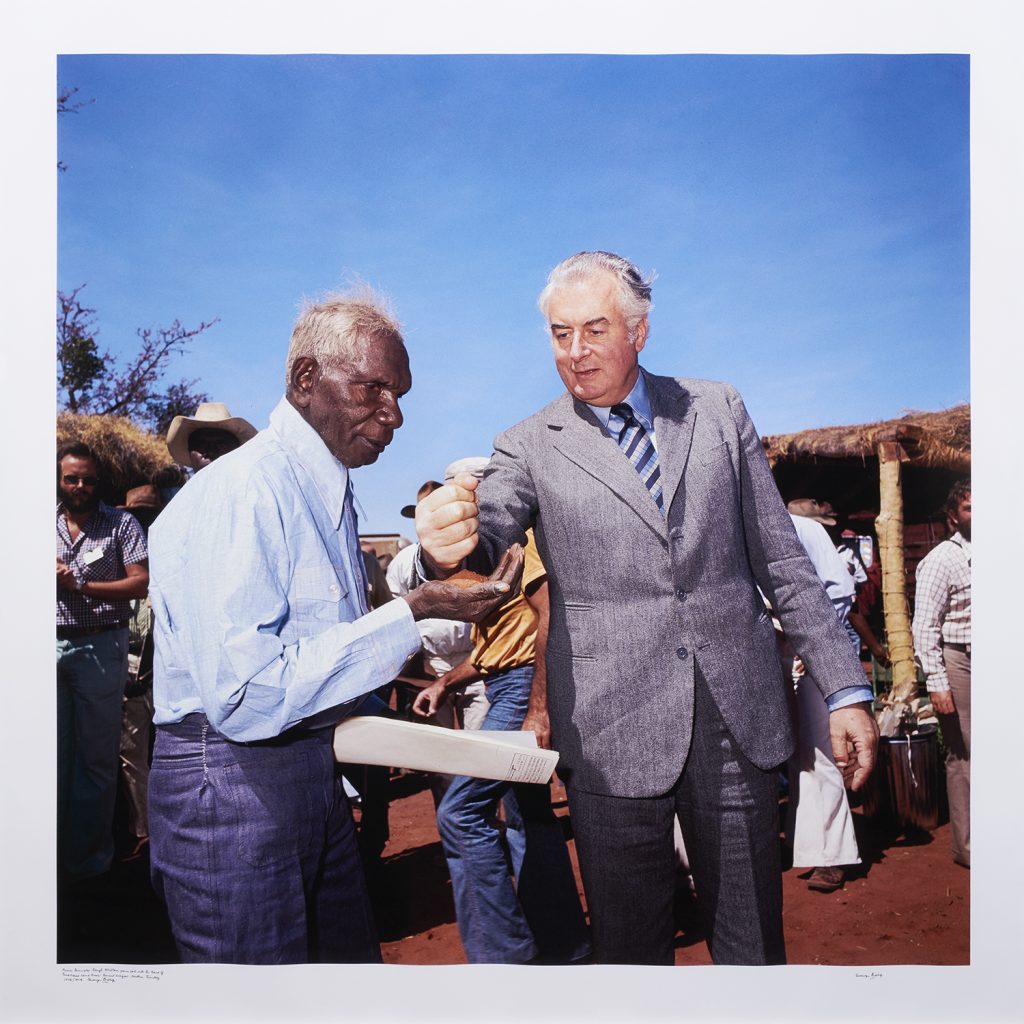
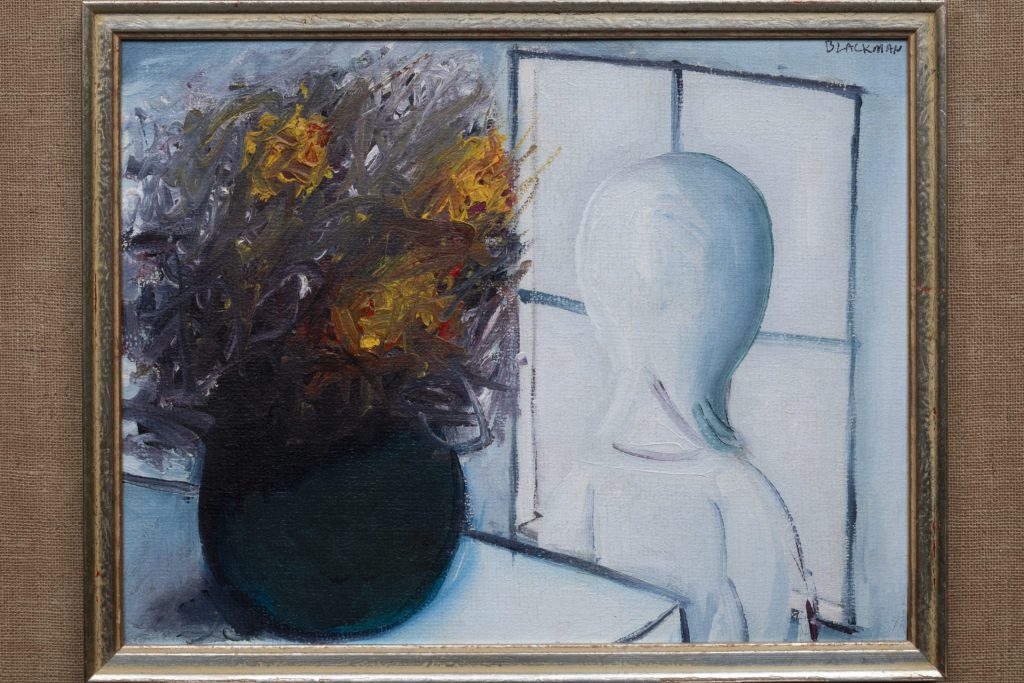
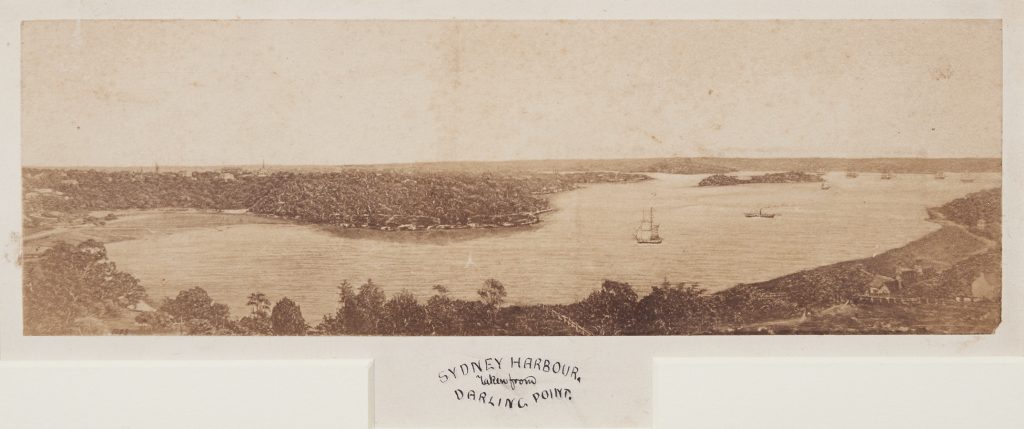
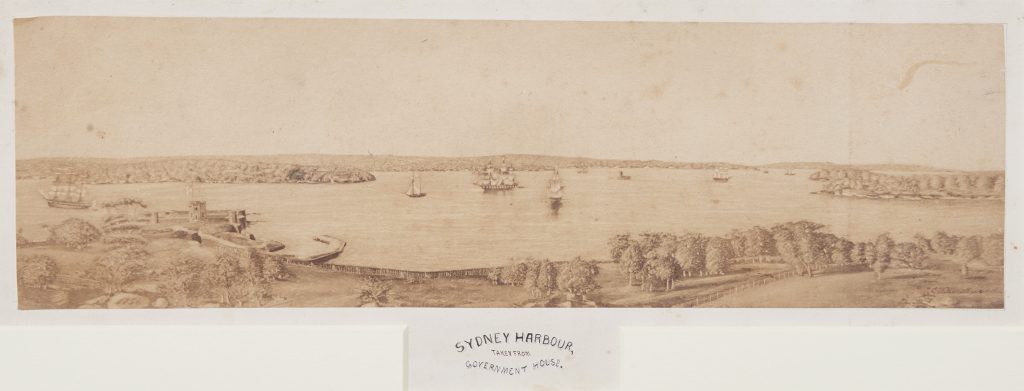
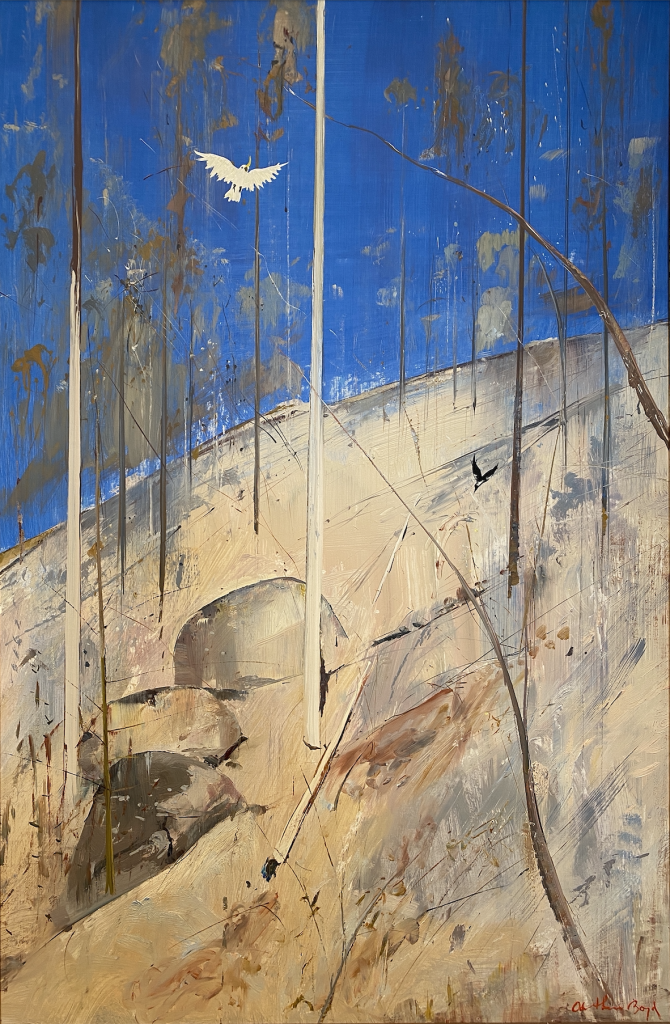
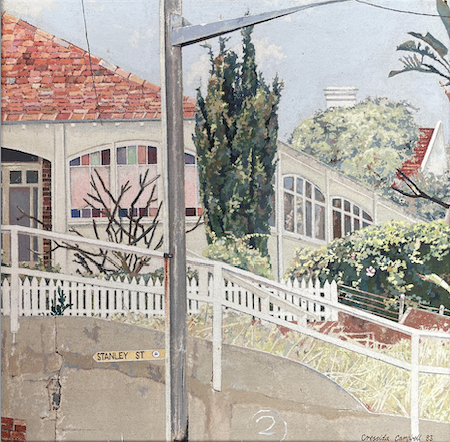
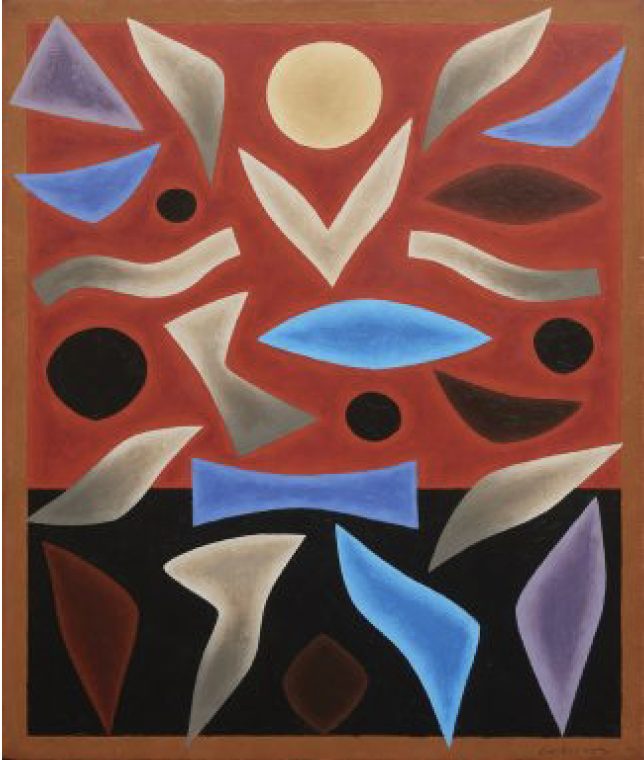
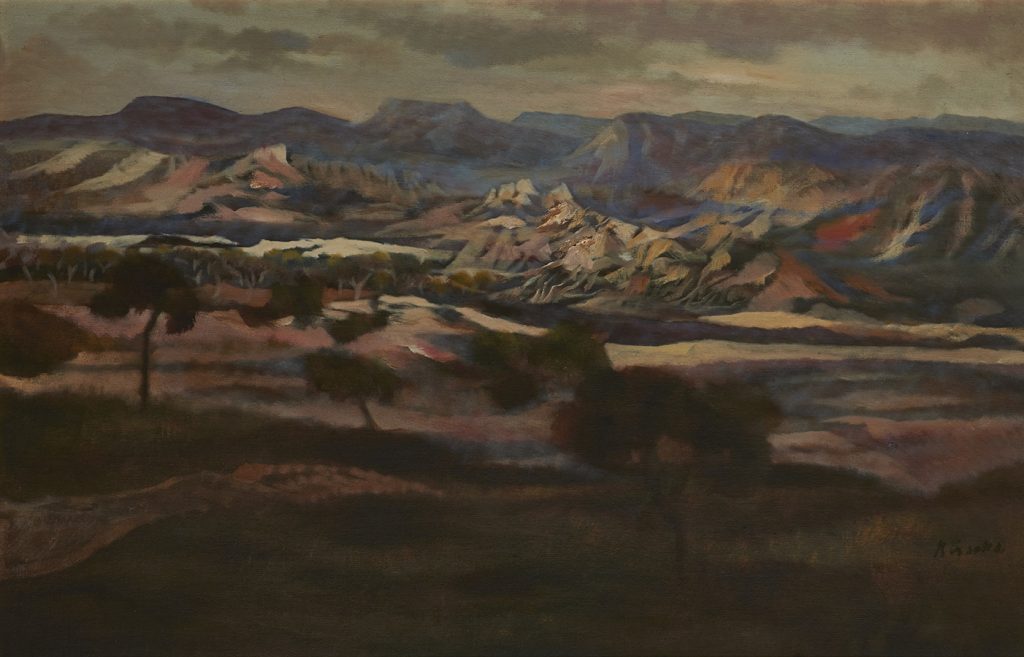
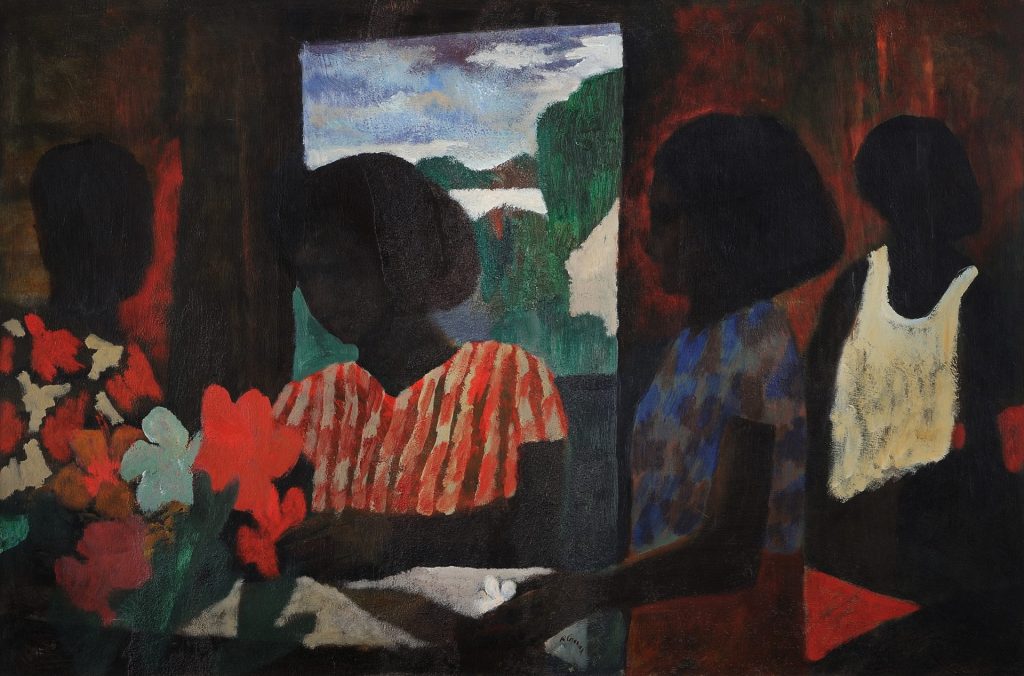
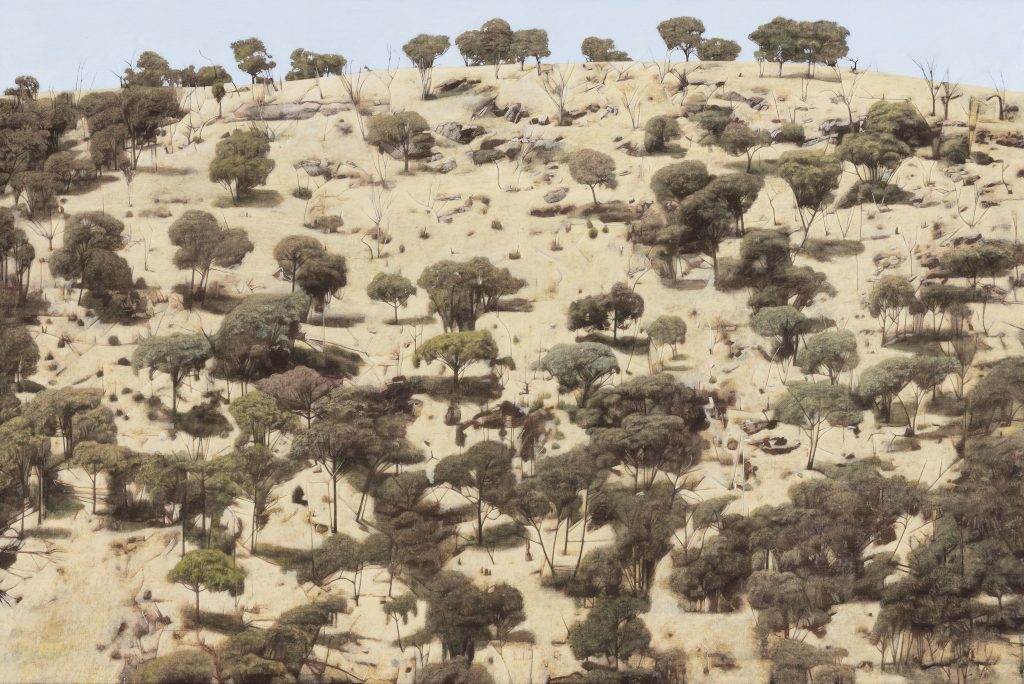
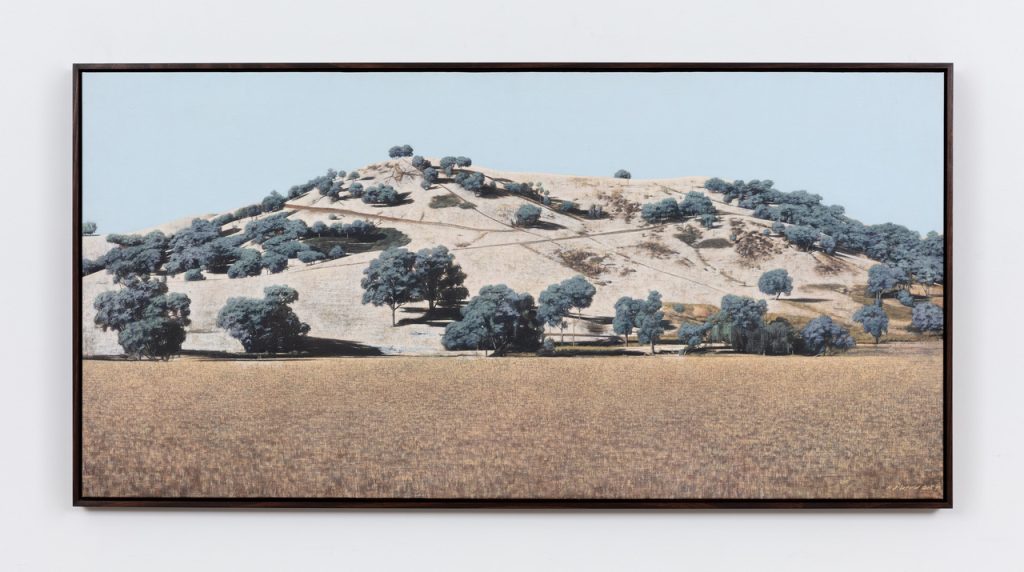
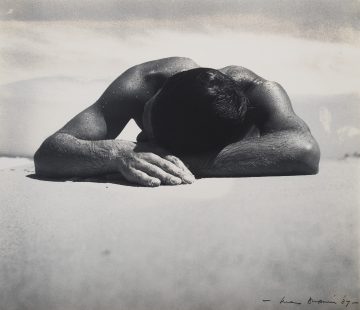
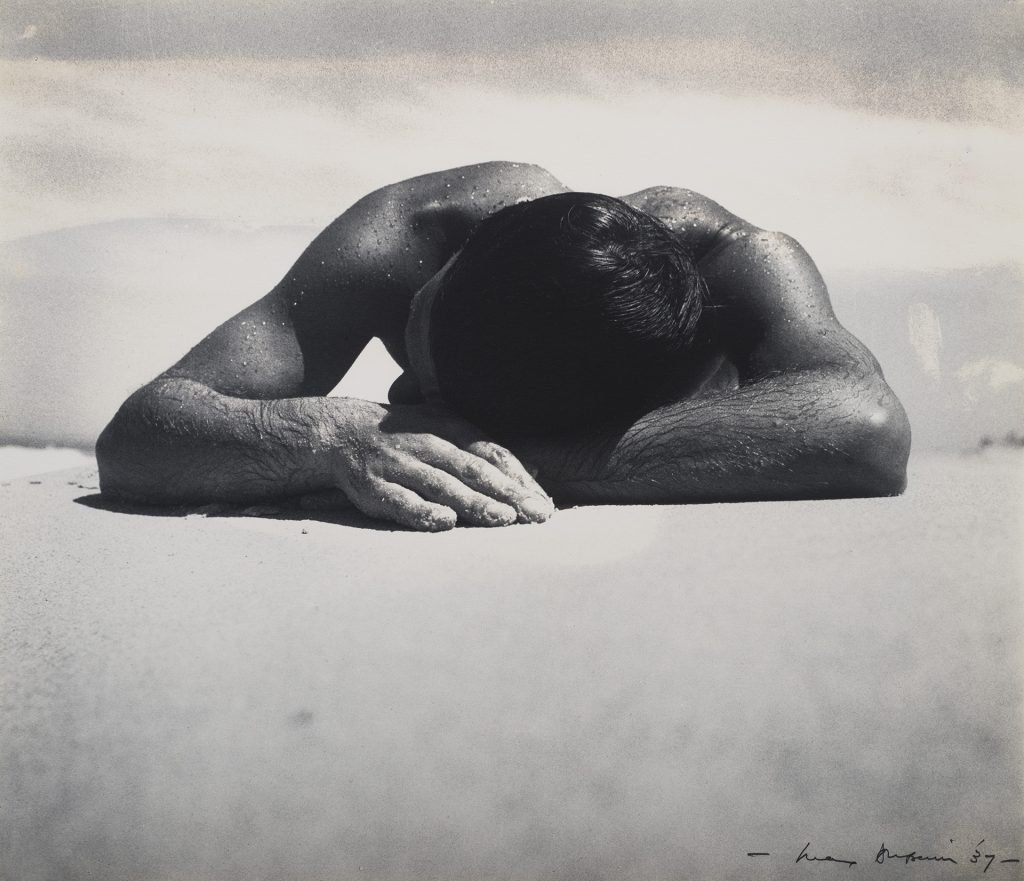
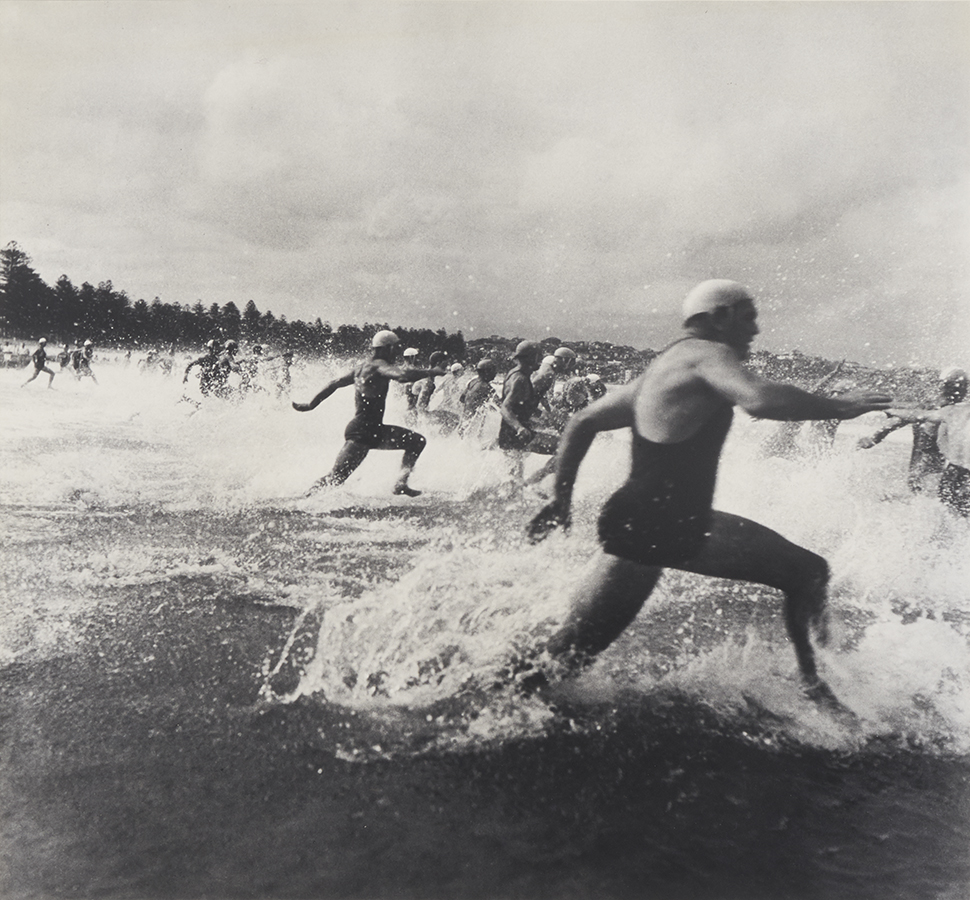
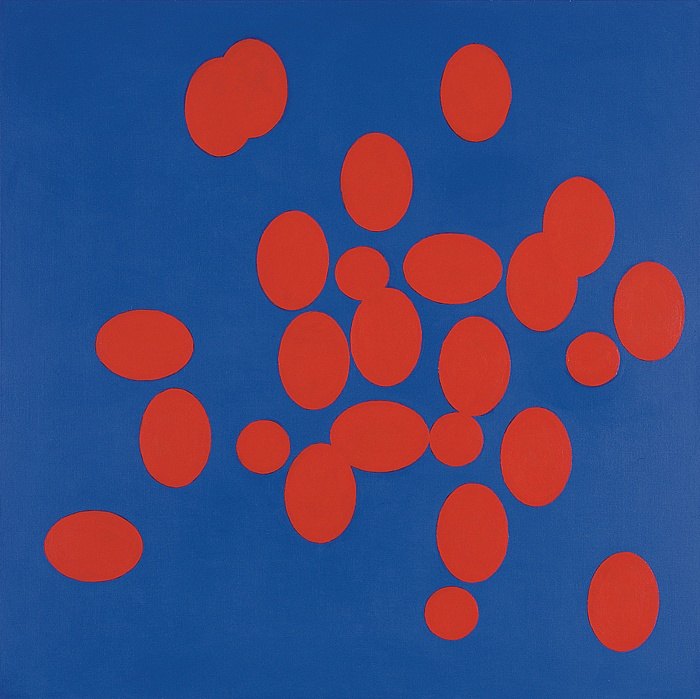
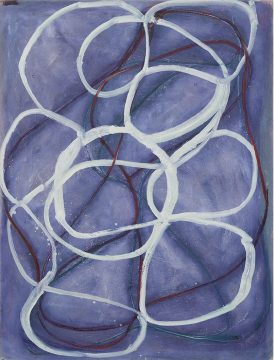
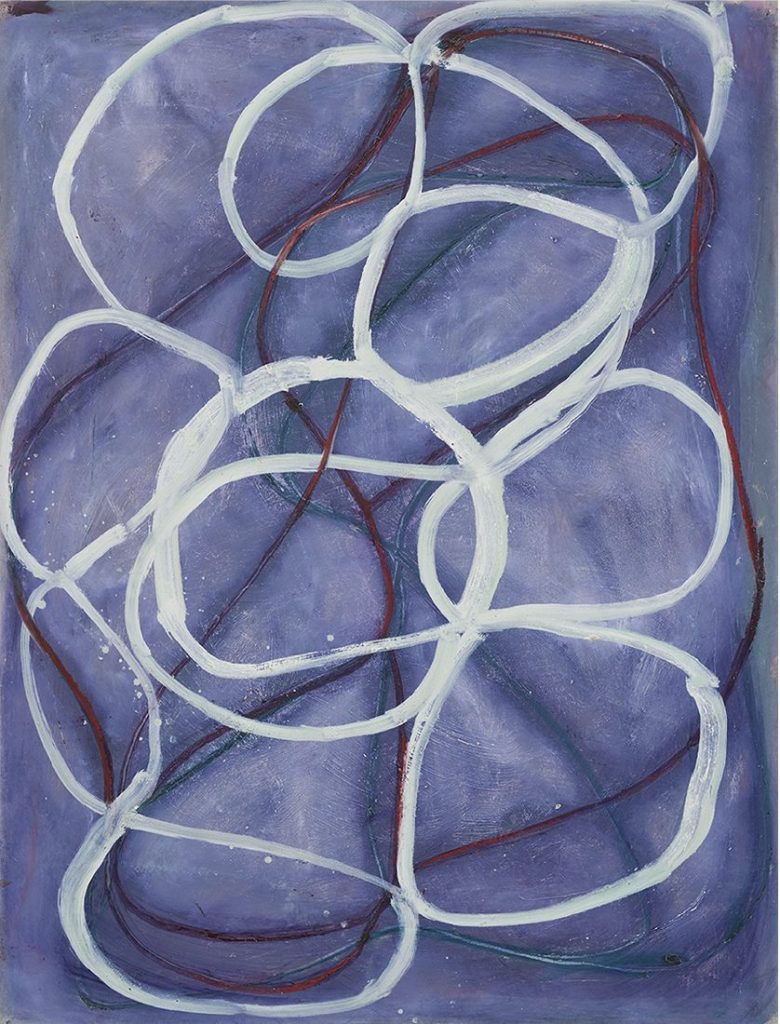
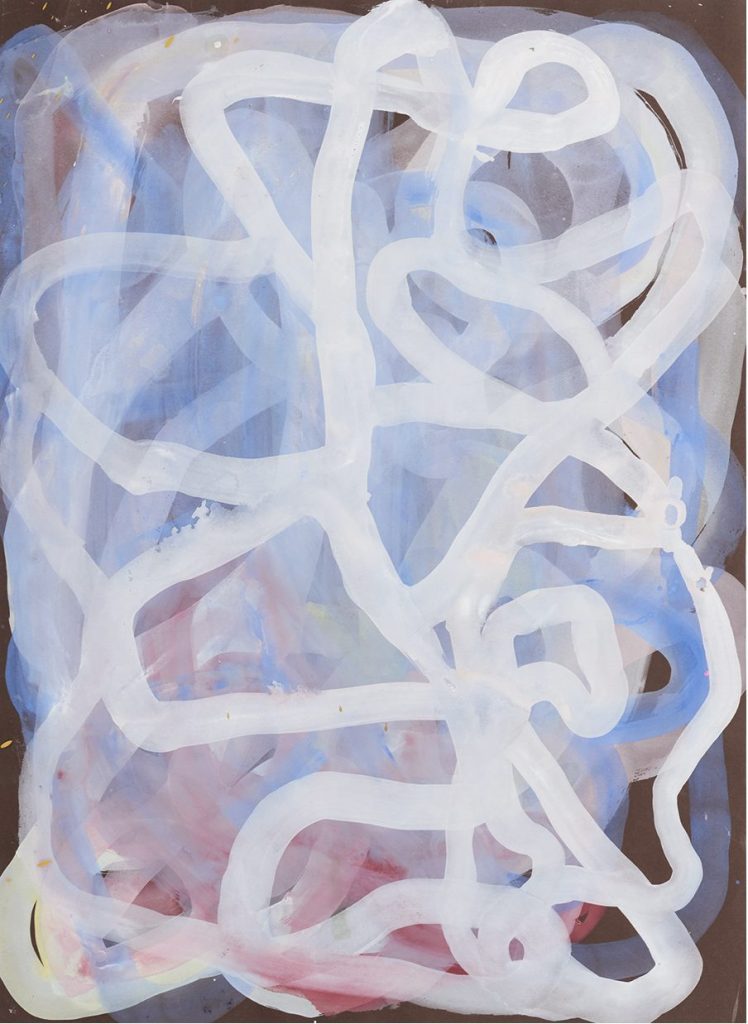
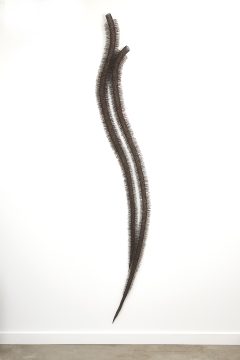
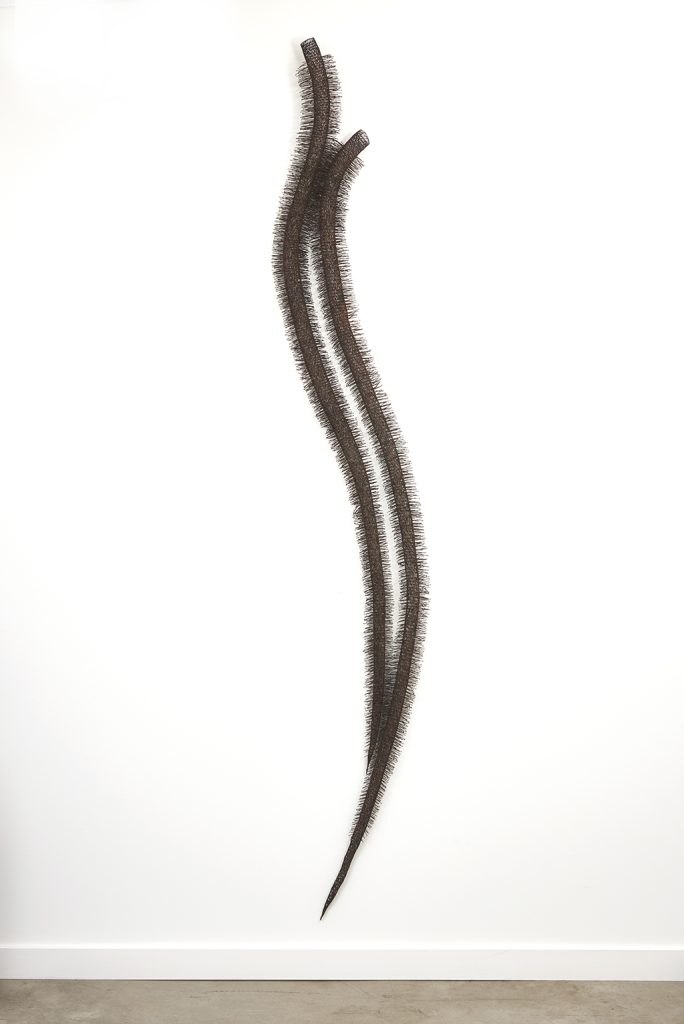
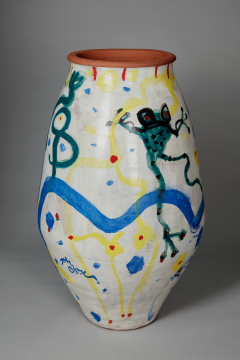
![Frog Leaping, [made in collaboration with potter Lino Alvarez]](https://justinmiller.art/wp-content/uploads/2022/09/Jumping-Frog-small-682x1024.png)
